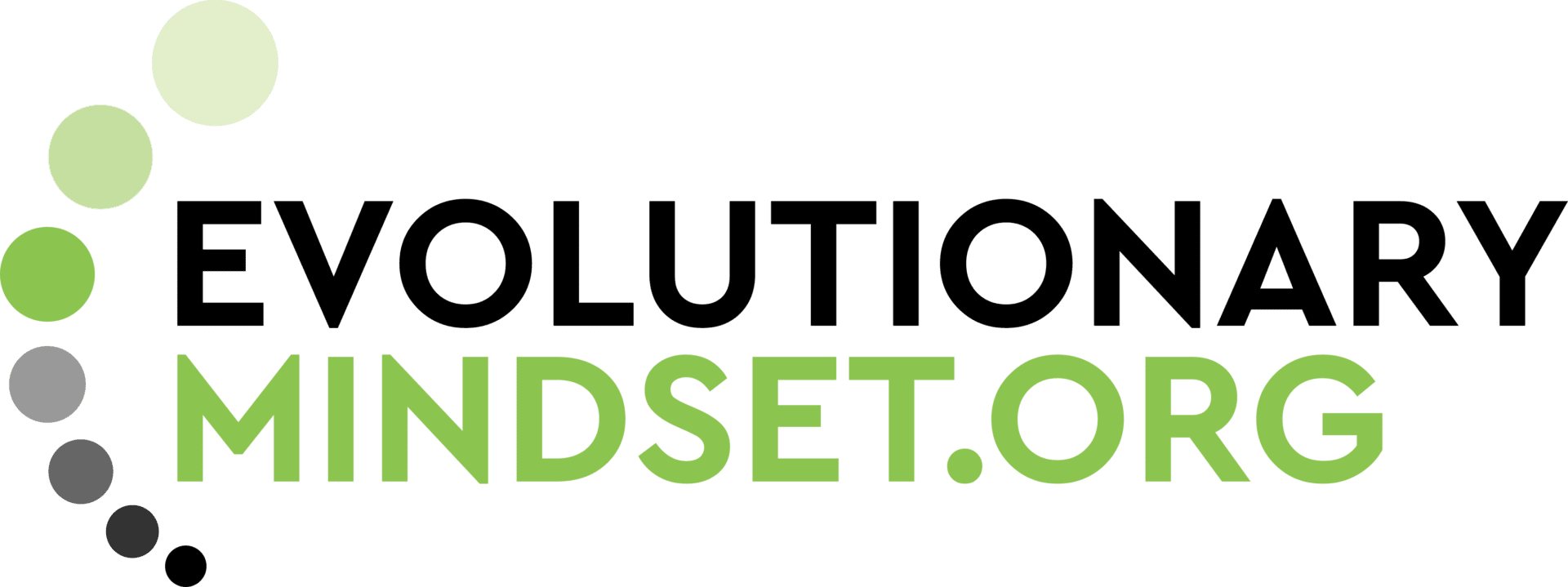
Develop A Growth Strategy With An Evolutionary Approach
There is no shortage of business approaches that claim to deliver successful growth. Still, the majority neglect to recognize that companies are constantly transforming and shifting from one state – growth – to another – contraction. An evolutionary marketing approach based on the science of evolution addresses this.
An evolutionary approach is based on the science of evolution or the cycles of living entities and how what we understand about these patterns that apply to all living entities, including businesses. Instead of focusing solely on growth, an evolutionary marketing approach based on the science of evolution looks at the complete cycle to identify:
- Where an entity is currently
- What will be required to change its position
- How to avoid issues from recurring by adjusting the way the entity operates for the long term
There are three main components to developing a growth strategy using an evolutionary marketing approach based on the science of evolution:
- Believed Future Scenario: To develop a successful growth strategy, you must have an end goal in mind — a believed future scenario. A future scenario, that is believable and attainable, is the compass that points the direction of the entity and it provides the possibilities for growth. The problem with most believed future scenarios is that the people who set them don’t view their company as an adaptive environment. Instead, they view only one set path to growth and don’t prioritize discovering flexible innovations that may be required along the way. This limited view causes companies to stagnate when new hurdles arise. Utilizing an adaptive or evolutionary approach, with the understanding that every entity is constantly evolving, you must recognize that your company is in a constant state of either growth or survival. Once you view your company as a living, changing entity, with a believed future scenario then managing your entity as an adaptive environment will be clearer. For example, you will need to identify the catalysts that propel you toward your target future scenario. Finally, on the opposite end, you must understand how to identify and best navigate survival mode. Further, maximizing growth will require understanding the supplementation law on why and how the entity will grow, and the complementation law for a minimal strategy to ensure survival.
- Maximal Strategy for Growth: Supplementation law guides the forces that are pushing an entity forward toward the believed future scenario. Looking at a company as an adaptive environment, supplementation law explains why an entity grows related to another entity, for example growing sales from increased customers. Consider the traditional banking industry. At one point, it opened doors for people who never would have had the same opportunities without it. Banks made the American dream more accessible from starting a business to owning a home – even just having a safe place to store earnings. The banks benefited from serving their consumers because it provided them leverage to fund new customers and make money back from interest. Both banks and people (customers) were growing together. It was a strong relationship for a long time, and it fueled enormous value on both sides. Both entities believed they gained value – and a better chance at their shared future – better together than apart.
- Minimal Strategy for Survival: In addition, entities must also ensure survival with a minimal amount of effort and this is the complementation law. Looking again at the banking industry, it’s in a state of disruption because it stopped providing a big enough win-win scenario for its customers. Although commercial banks enjoyed record profits during the past two years, many observers contend that the banking industry is facing a long-term decline. Many traditional banking functions are increasingly performed by specialty financial service firms and markets. Banks have responded to increased competition and technological change by offering new services themselves, and they continue to enjoy a unique role in the payments system. But, because they are heavily regulated, banks’ ability to adapt to a changing, competitive environment is limited.
David C. Wheelock examines the apparently declining role of commercial banks and addresses two major policy changes that many observers believe are needed for banks to remain prominent providers of financial services: (1) removal of limits on branch banking and (2) relaxation of restrictions on services that banks may offer.
Traditional banks have lower interest rates on savings accounts than many of the new up-and-coming online financial services solutions, have various increasing fees, and have lost most of their major benefits. They are surviving – and likely will with minimum effort for some time – because they still serve their shared purpose, but if they stick to the status quo, they won’t see growth. At some point, consumers may not feel that traditional banks offer a common, shared value or goal or provide enough value to them to stay engaged in the relationship. That is the basis of complementation law.
To further explain, if two entities are equal (for example the traditional bank entity and the newer, alternative financial services entity), offering the same services/value, then the customer will choose to stay in a relationship with the entity that shares the most common ground or values. In simplistic terms, the one that is most liked or trusted.
Entities must be willing to adapt to current circumstances and innovate in ways to ensure successful growth. As well, each must establish common ground or shared values with the other to ensure the survival of the relationship.
By adjusting business strategy based on an evolutionary approach, companies can accelerate growth and minimize contraction. In short, by shifting to managing and influencing adaptive business environments, based on the science of evolution businesses can reduce the risk of not only missing opportunities but becoming obsolete.
